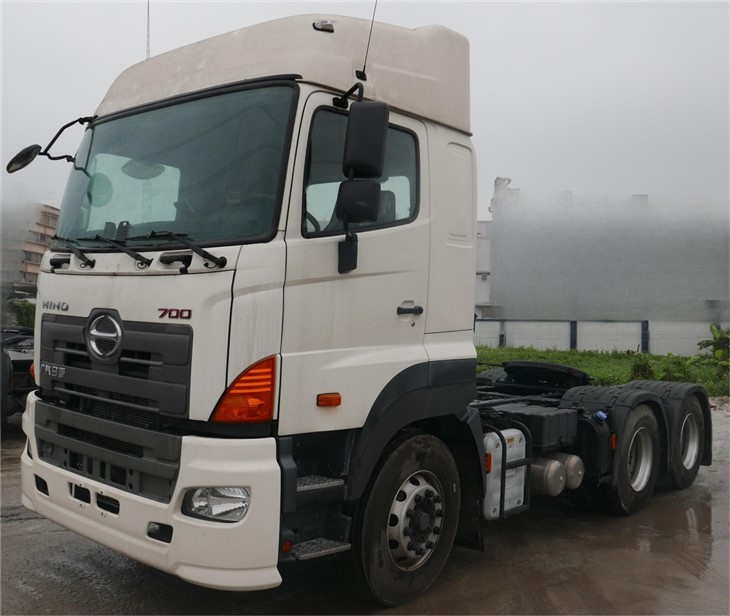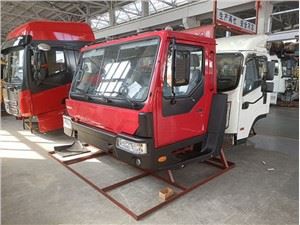Understanding Bank Armored Trucks: Security, Features, and Importance

Introduction
Bank armored trucks play a crucial role in today’s banking and business sectors. Designed to transport cash and valuable goods securely, these vehicles are an essential part of the financial system. In this article, we delve deep into bank armored trucks, exploring their features, benefits, and practical examples, while addressing common questions surrounding their operation and importance in maintaining the safety of financial transactions.
What is a Bank Armored Truck?
A bank armored truck is a specialized vehicle designed to transport money, securities, and other valuable cargo. Unlike standard transport vehicles, armored trucks are reinforced with heavy armor plating and feature advanced security systems to protect against theft and vandalism.
Key Features of Armored Trucks
- Armored Protection: These trucks are equipped with bullet-resistant materials to withstand attacks.
- Secure Locking Systems: Advanced locking mechanisms prevent unauthorized access.
- GPS Tracking: Most armored trucks are fitted with GPS to monitor their location in real-time.
- Specialized Personnel: Trained security officers accompany armored trucks during transport.

The Importance of Armored Trucks in Banking
Armored trucks are integral to the banking industry. They facilitate the secure and efficient movement of cash between banks, ATMs, and retail businesses, thus ensuring a steady flow of currency.
Protecting Valuables
The primary purpose of an armored truck is to safeguard large amounts of money and other valuables. Without these secure transport solutions, businesses would be vulnerable to theft and robbery.
Enhancing Customer Trust
Customers feel more secure knowing that their finances are being handled with utmost care. The visible presence of armored trucks helps improve customer confidence in financial institutions.
How Bank Armored Trucks Operate
The operation of bank armored trucks involves several key processes to ensure safety and efficiency. Understanding these processes can provide insights into their importance.
Route Planning
Before each trip, security teams conduct a thorough risk assessment and detailed route planning. They consider factors like crime rate in areas, traffic patterns, and potential hazards.
Loading Procedures
Loading cash or valuables into an armored truck is conducted in a secure environment under strict protocols. Only authorized personnel are allowed to participate in this process.
Steps for Secure Loading
- Verification of cash amounts by supervisors.
- Secure loading procedures using specialized trolleys.
- Deployment of security teams to monitor areas during loading.
Types of Bank Armored Trucks
Various types of armored trucks are used based on the nature of goods transported and the level of security required. Here are some common types:
Standard Armored Trucks
These are heavily fortified vehicles designed for everyday banking operations, including cash deliveries and pickups.
Cash-in-Transit Vehicles
Designed specifically for transporting cash between locations, these vehicles often come with advanced security features and are crewed by highly trained personnel.
Mobile ATM Units
Some armored trucks serve as mobile ATMs, providing cash dispensing services in areas where traditional ATMs may not be accessible.
Advantages of Using Bank Armored Trucks
The use of armored trucks offers numerous benefits, not just for banks, but also for businesses and individuals.
Reduction in Theft Risk
Armored trucks significantly lower the risk of theft, making them a vital part of cash management for businesses and financial institutions.
Operational Efficiency
Bank armored trucks streamline the cash collection and delivery process, allowing businesses to focus on their operations rather than security concerns.
Challenges Faced by the Armored Truck Industry
Although armored trucks are designed to provide security, they also face various challenges that stakeholders must address to enhance safety measures.
Adapting to Technological Advances
The rise of digital payment systems has impacted the need for cash transportation, leading the industry to adapt by integrating technology for remote monitoring and logistics management.
Maintaining Staff Security

Personnel working with armored trucks face risks too. Regular training and psychological support are essential components to ensure their safety during high-stress situations.
Real-Life Examples of Armored Truck Operations
Several real-life scenarios illustrate the effectiveness and necessity of armored truck operations.
Case Study: Bank Cash Supply in Urban Areas
In major urban areas, armored trucks deliver cash to ATMs, banks, and retail outlets daily. Through a well-coordinated system involving surveillance and police escorts when necessary, banks ensure that cash supply remains uninterrupted regardless of robbery risks.
Case Study: Multi-National Corporations
Global companies often require immediate cash access for transactions. Armored trucks are key in enabling workflow by ensuring cash reserves remain filled in their regional offices and production sites.
FAQs About Bank Armored Trucks
1. How much does an armored truck weigh?
Armored trucks can weigh anywhere from 10,000 to 30,000 pounds or more, depending on the level of armor and their configuration.
2. What are the costs associated with hiring an armored truck service?
The costs vary widely based on distance, amount of cash transported, and the security measures required. Businesses might expect to pay from $100 to several thousand dollars for specific services.
3. Are armored trucks safe against armed attacks?

While no vehicle is 100% safe, armored trucks are designed with advanced defenses to minimize risks, including bullet-resistant armor and security personnel trained to respond to threats.
4. How often do armored trucks operate?
Armored trucks typically operate daily, but the frequency may vary based on the needs of the banks or businesses they service.
5. Can individuals hire armored trucks for personal use?
Yes, some companies offer services for individuals needing secure transport of valuables, but it often comes at a premium cost.
6. What is the training process for armored truck personnel?
Training includes physical fitness, firearms training, emergency response procedures, and customer service skills, ensuring they can handle high-pressure situations effectively.
